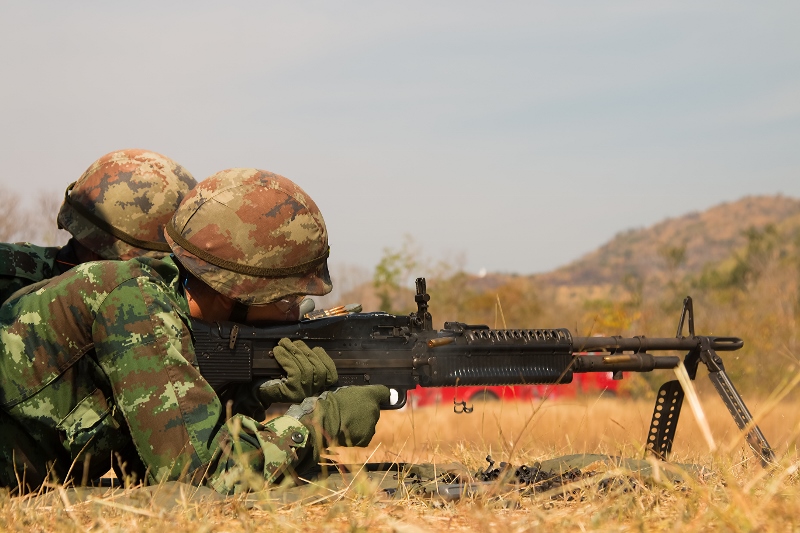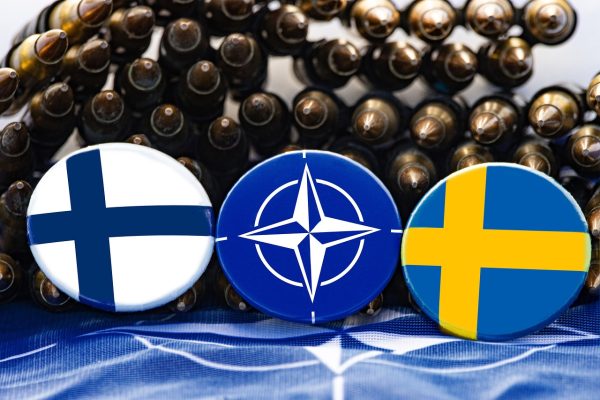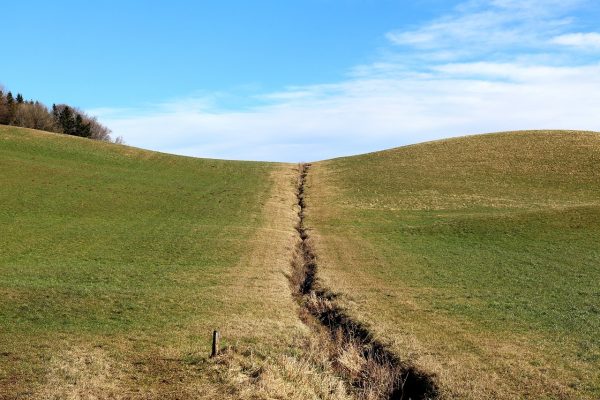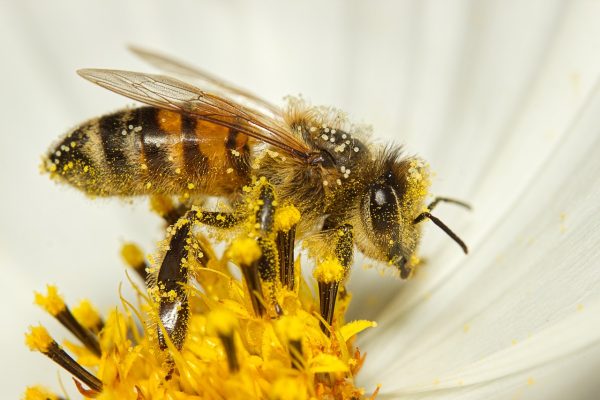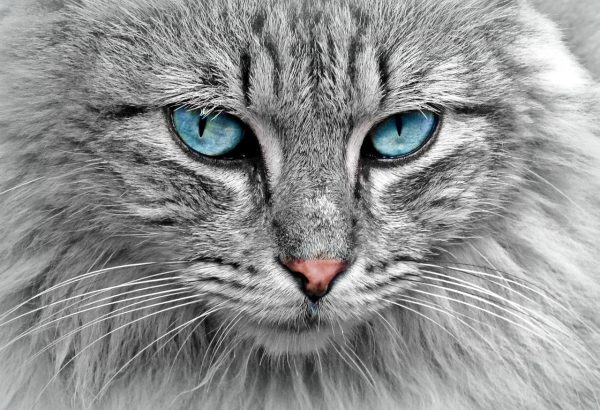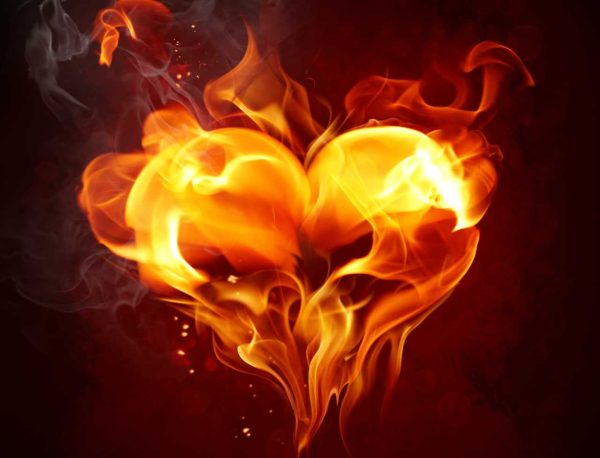The History of the Gun
The History of the Gun
Throughout all the time we humans have spent on this earth, we have created and done wonders. Some of the most impressive, and immoral, inventions are guns. The first weaponry were axes and spears, made of stone and bone. In this article I will discuss of the evolution from the first gun to the first machine gun. The first recorded use of a firearm was in 1360 during medieval times. These weapons, called “hand cannons,” were the first step in the creation of guns. Just 14 years later, handguns were already making their way across Europe.
Matchlocks
The matchlock was the first mechanism invented to facilitate the firing of a hand-held firearm. Before this, firearms (hand cannon) had to be fired by applying a lit match to the priming powder in the flash pan by hand; this had to be done carefully and aim was almost impossible. The shooter had to focus on firing instead of aiming for if he made one wrong move, he could have gotten serious injuries. Adding a matchlock made the firing action simple, allowing one to keep both hands steadying the gun and eyes on the target while firing. The classic European matchlock gun held a burning slow match in a clamp at the end of a small curved lever known as the serpentine.
Upon the pulling of the trigger extending from the bottom of the gun and connected to the serpentine, the clamp dropped down, lowering the smoldering match into the flash pan and igniting the priming powder. The flash from the primer travelled through the touch hole igniting the main charge of propellant in the gun barrel. On release of the trigger, the spring-loaded serpentine would move in reverse to clear the pan. When the reloading the match had to be removed. This gun was used by armies and civilians, as well as political officials through the 1500s to the 1700s.
Flintlocks
Flintlock is a general term for any firearm that uses a flint striking ignition mechanism. This mechanism was so good it replaced the Matchlock extremely quickly. It was created in France by the French court gunsmith Marin le Bourgeoys, for King Louis XIII shortly after his accession to the throne in 1610. The gun was used throughout the 1600s all the way to the 1800s. One of the most famous groups of people that made this gun famous where pirates (otherwise known as buccaneers) in the West Indies.
The way it worked was the gun had a piece of flint which is held in place in between a set of jaws on the end of a short hammer. This hammer is pulled back into the “cocked” position. When released by the trigger, the spring-loaded hammer moves forward, causing the flint to strike a piece of steel called the “frizzen”. At the same time, the motion of the flint and hammer pushes the frizzen back, opening the cover to the pan, which contains the gunpowder. As the flint strikes the frizzen it creates a spark which falls into the pan and ignites the powder. Flame burns through a small hole into the barrel of the gun and ignites the main powder charge, causing the weapon to fire.
The First Revolver
One of the most famous guns in history, the revolver, was known as the gun that won the west. The Revolver was invented by Samuel Colt in 1836 with a mechanism beating the Flintlock and forming the base for the guns we know today. The gun was called the Colt Paterson, and it was the first revolving pistol. When it first came out the gun was not popular. The Paterson had a lever that popped out when the gun was cocked, this made the gun uncomfortable to reload (relating to why it wasn’t that famous or popular). But, it was made famous by a man named John Coffee (yes the name is real).
Coffee was a captain in the Texas Rangers and a military officer of the Republic of Texas. Hays served in several armed conflicts from 1836–1848, including against the Comanche people in Texas and during the Mexican-American War. In an encounter with the Comanche after the first shot was fired, the Comanche engaged assuming the opposing side had to reload- but they were wrong. Each had a pair of Colt Paterson loaded with 5 rounds each. The Texas Rangers won that day and the gun became famous.
Percussion Mechanism
The Colt Paterson was a percussion revolver (today known as a cap and ball revolver, or black powder). The way it would work would be that powder would be inserted into the cylinder, then the ball in the back of the cylinder there were built in or put on caps. When the hammer was cocked and the trigger was pulled, the hammer would land on the cap causing a spark in the powder which shot out the ball. This mechanic was used from 1836 to 1854 with the creation of the Cartridge Revolvers.
Cartridge Revolvers
The only difference between this and the cap and ball revolvers is that the caps, the powder and the ball, was made into one easy to load thing called a bullet (at that time known a cartridge). The hammer, instead of falling on caps, would hit the bullets causing the front to shoot out with the caps staying in place. Behold the modern bullet still used today.
This was invented in 1854 and all the gun manufacturing companies were in a rush to get this new mechanism in their guns. But since all the percussion revolvers where already sold, people started making cartridge conversions. What this did was the cylinder was edited to be able to fit cartridges. Remington made conversions as well as some other companies. The Remington 1858 Navy Conversion where quite popular.
The Gatling Gun
The Gatling gun is one of the best-known early rapid-fire spring loaded, hand cranked weapons and a forerunner of the modern machine gun. Invented by Richard Gatling, it is known for its use by the Union forces during the American Civil War in the 1860s, which was the first time it was employed in combat.
Although the first Gatling gun was capable of firing continuously, it required a person to crank it; therefore it was not a true automatic weapon. The Maxim gun, invented and patented in 1883, was the first true fully automatic weapon, making use of the fired projectile’s recoil force to reload the weapon. Nonetheless, the Gatling gun represented a huge leap in firearm technology. The Gatling gun operated by a hand-crank mechanism, with six barrels revolving around a central shaft (although some models had as many as ten).
Each barrel fires once per revolution at about the same position. Cartridges, held in a hopper, dropped individually into the grooves of the carrier. The lock was simultaneously forced by the cam to move forward and load the cartridge, and when the cam was at its highest point, the cocking ring freed the lock and fired the cartridge. After the cartridge was fired the continuing action of the cam drew back the lock bringing with it the spent cartridge which then dropped to the ground.
Finally the Maxim Gun
The Maxim was the first automatic weapon ever created. Made by American-British inventor Hiram Stevens Maxim in 1883, the gun known as the “Devils Paintbrush” was used until 1959. It was in wars like World War I, Russian Civil War, Polish–Soviet War, Second Sino-Japanese War, World War II, etc. This gun was a better version of the Gatling having five barrels but when fired into a crowd, it mowed everyone down until there was no one left. With the weight of 27.2 kg (60 lb) this beast could shoot 550-600 rounds/min. This gun changed the world, and without its invention, the guns we know today would not have existed. Even though we created machines like this, the human race continues to find new ways to kill each other, and I don’t understand why. We created so much, but accomplished so little. We cannot forget the history of the world, for we are the ones who live in it.

